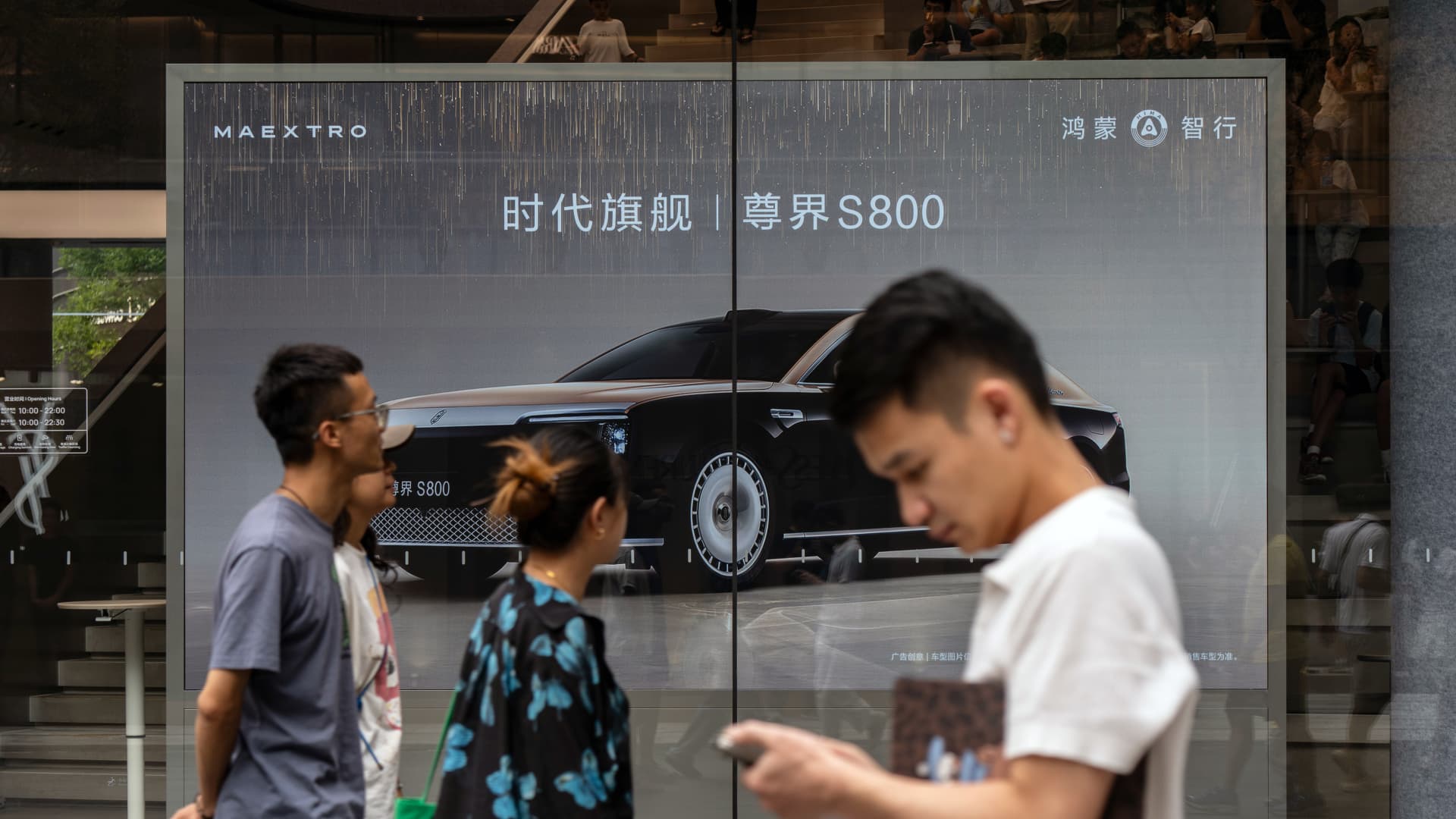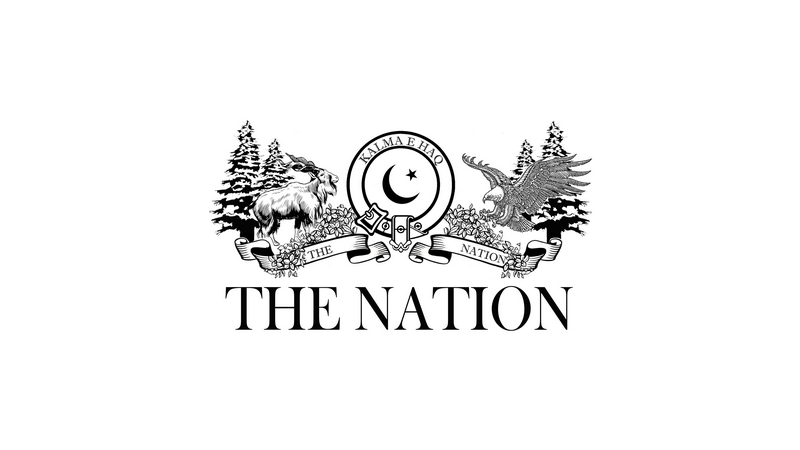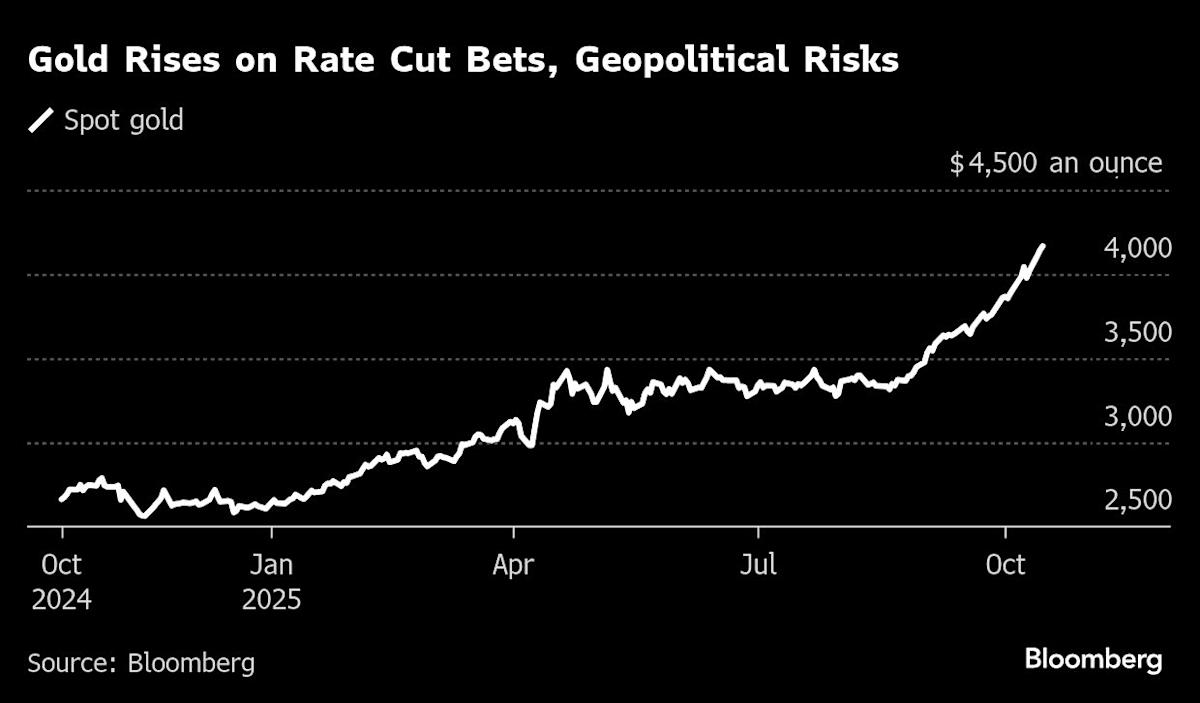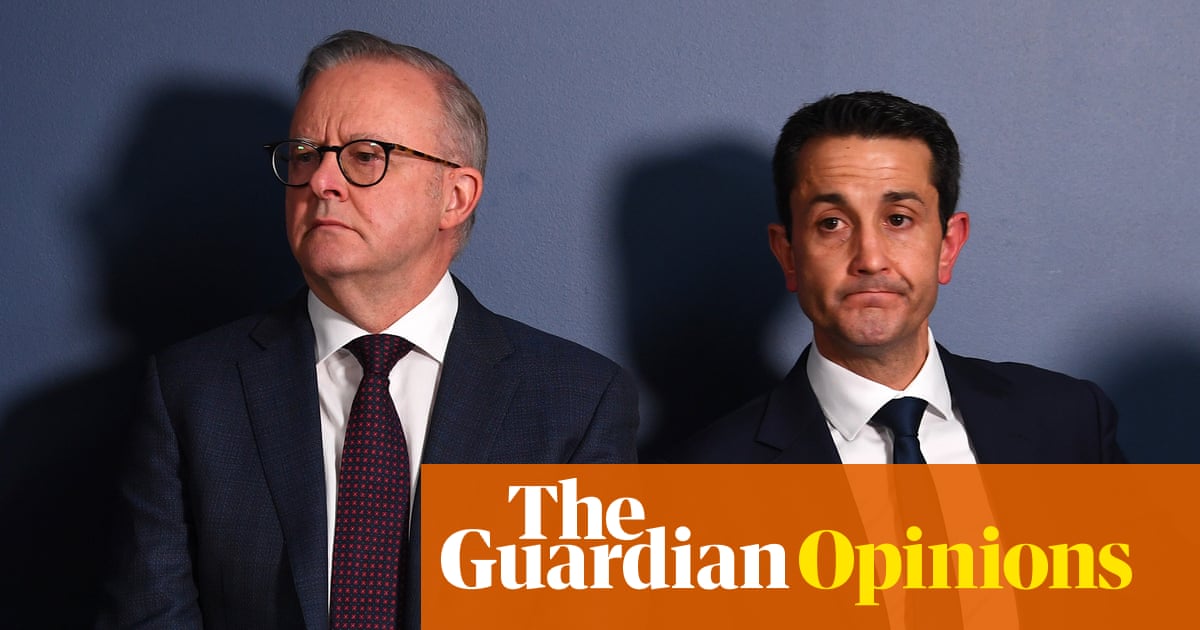Robert Nagy (C) of CS Minau Baia Mare shoots at the goal during the EHF Champions League Men 2025/26 match between RD LL Slovan and CS Minau Baia Mare in Ljubljana, Slovenia, Oct. 14, 2025. (Photo by Zeljko Stevanic/Xinhua)

Leon Ljevar (top L) of…

Robert Nagy (C) of CS Minau Baia Mare shoots at the goal during the EHF Champions League Men 2025/26 match between RD LL Slovan and CS Minau Baia Mare in Ljubljana, Slovenia, Oct. 14, 2025. (Photo by Zeljko Stevanic/Xinhua)

Leon Ljevar (top L) of…

Pedestrians pass a Huawei Technologies Co. flagship store in Shenzhen, China, on Wednesday, Oct. 8, 2025.
Qilai Shen | Bloomberg | Getty Images
China’s consumer prices fell more than expected in September, while the deflation in producer prices persisted, underscoring the impact of sluggish domestic demand and trade worries on consumer and business sentiment.
The consumer price index fell 0.3% in September from a year earlier, National Bureau of Statistics data showed on Wednesday, a sharper decline than economists’ forecast of a 0.2% slide. Prices ticked up 0.1% month-on-month.
Core CPI, which strips out volatile food and energy prices, rose 1.0% from a year earlier, the highest since February 2024, according to data from Wind Information.
China’s producer price index dropped 2.3% from a year ago, in line with economists’ forecast, official data showed.
The producer price downturn has persisted for almost three years, hurting profitability of manufacturers who have had to weather tepid consumer confidence and production disruption stemming from U.S. trade policies.
Weak consumer demand has weighed on the world’s second-largest economy that’s struggling from a prolonged housing downturn and tepid household spending while U.S. tariffs squeeze exports.
This is breaking news. Please refresh for updates.

There’s an intensity to festivals, a spillover effect where one event leads to another as if the whole town were participating in one long, articulated show.
It’s not just the proximity of multiple works in space and time. It’s the…

Anthony Edwards led the Wolves to the 2025 Western Conference Finals, where they fell to the eventual champion Thunder in 5 games.
• Download the NBA App
• Amex 2025-26 Season Preview
Minneapolis (AP) — Anthony Edwards devoted much of his…

ISTANBUL – Saturn’s small, cratered moon, Mimas, may secretly harbor a young subsurface ocean — a finding that could reshape how scientists define ocean worlds in the solar system, new research suggested. “When we look at Mimas, we…

Mutations in a gene known as CPD play a crucial role in a rare form of congenital hearing loss, an international team of researchers has discovered. Scientists from the University of Chicago, the University of Miami, and several…

(Bloomberg) — Gold rose to a record high, boosted by an escalation in US-China frictions and bets the Federal Reserve will cut interest rates twice more this year.
Bullion climbed to a peak of $4,185 an ounce. Spot silver advanced after a volatile day on Tuesday that saw prices surge to an all-time high above $53.54 an ounce, before tumbling sharply amid signs a historic squeeze is starting to ease.
Most Read from Bloomberg
Yields on US Treasuries fell to the lowest levels in weeks on Tuesday, after Fed Chair Jerome Powell signaled the US central bank is on track to deliver another quarter-point cut later this month. Lower yields and borrowing costs tend to benefit precious metals, which don’t pay interest.
Meanwhile, risk-off sentiment swept markets — boosting gold’s haven appeal — after President Donald Trump said he might stop trade in cooking oil with China. The comments injected fresh tensions into the relationship between the world’s two largest economies, with Beijing vowing to retaliate after Washington threatened an additional 100% tariff on China last week.
In silver, the market has been gripped by a lack of liquidity in London, sparking a worldwide hunt for metal and driving benchmark prices to soar above futures in New York. The gap between the two markets narrowed on Tuesday after London prices fell, while the cost of borrowing silver in the city also started to decline, although both remained at very high levels.
Traders remain on edge ahead of the conclusion of the US administration’s so-called Section 232 probe into critical minerals — which includes silver, as well as platinum and palladium. The investigation has revived fears the metals could be swept up in new tariffs, even after they were officially exempt from levies in April.
The four main precious metals have surged between 58% and 80% this year, in a rally that’s dominated commodity markets. Gold’s advance has been underpinned by central-bank buying, rising holdings in exchange-traded funds, and Fed rate cuts.
Demand for havens has been aided by recurrent US-China trade tensions, threats to the Fed’s independence, and a US government shutdown. Investors have also been seeking safety in precious metals to protect themselves from the threats posed by runaway budget deficits — a phenomenon known as the “debasement trade.”

Meeting Australia’s emissions reduction targets is not going to be simple and the Queensland Liberal National government has gone out of its way to make it much harder.
Its energy roadmap, released on Friday, can’t really be interpreted as anything other than a transparently political document, designed to placate climate deniers that have a stranglehold on significant parts of the state’s governing party. You wouldn’t be heading down this path otherwise.
As previously promised, Queensland’s treasurer and energy minister, David Janetzki, confirmed the government plans to repeal the former state Labor government’s target of 80% of the electricity coming from renewable energy by 2035. That target included a now abandoned commitment to shut state-owned coal power plants by that date.
Instead, Janetzki said, coal would “play a critical role” in the energy system until at least 2046, meaning the dirty fossil fuel “will be part of the state’s generation for decades”. He has pledged $1.6bn to help keep coal plants running longer.
The government also wants to more than double the amount of gas-fired power in the state over the next decade, including building a new 400 megawatt gas plant in central Queensland. It has kicked in $479m to help get there.
Janetzki argued there would also be an expansion of renewable energy, promising $400m to help with the transition. But in reality, the state’s plans for large-scale solar and wind have been dramatically scaled back.
Up to 6.8 gigawatts of new renewable capacity is promised by 2030, but this is just a reiteration of what is already planned by private investors, including developments being underwritten by the federal government’s capacity investment scheme.
After that, the treasurer says expansion of clean energy will slow. Only 4.4GW is expected to be built between 2030 and 2035.
If this happens, it will lead to vast amounts more greenhouse gas than currently forecast being pumped into the atmosphere over the next decade. But you wouldn’t know this from reading the energy roadmap. The phrases “climate change” and “fossil fuels” don’t appear.
This is not just a major step back from what was promised under Labor – parts of which renewable energy supporters quietly believed may have been more ambitious than realistic. It also works against the Australian Energy Market Operator’s blueprint for an optimal future power grid.
Janetzki argued his plan was “pragmatic and realistic” and “founded on economics and engineering, and not on ideology”. The latter is a familiar line used by some other Liberal party figures, notably Malcolm Turnbull and Matt Kean, and usually when making the case for renewable energy with firming support as the cheapest and most flexible electricity solution.
The Queensland treasurer has turned this on its head, claiming unreleased government modelling shows that propping up coal, building gas and injecting less solar and wind into the system will save the average household $1,035 a year.
How, exactly? The view among experts is this seems wildly optimistic. It is at odds with other analyses. And it rides roughshod over an obvious point: the coal plants are going to have to be replaced. Pushing that transition beyond a timeframe when the current leadership will be in government doesn’t change that.
Most analysts say the transition is likely to be cheaper if there is a plan for the fossil fuel’s exit. Big energy investors – who these days are overwhelmingly solar and wind and battery investors – will be better prepared to deliver replacement plants if they know when they will be needed. The LNP is stripping away that certainty and sending a signal that investors may be better off building somewhere else.
after newsletter promotion
It’s been doing this for a while, including by cancelling windfarms that had been approved and changing environment laws to make it harder to build them.
Queensland is Australia’s biggest polluting state. It has huge amounts of sun and land, but the lowest proportion of electricity from renewable energy in the country. Even Western Australia, which has no climate targets and is famously in the thrall of fossil fuel companies, performs better.
Over the past year, just 32% of Queensland’s power came from solar, wind and hydro, while 64% came from coal. Strip out booming rooftop solar and the proportion from large-scale big generators was less than 18%.
Compare this with the entire nation, where 42% of electricity was from renewables and 53% from coal. Or compare it with the global picture where, according to the thinktank Ember, renewable energy in the first six months of 2025 surpassed coal generation for the first time, largely thanks to solar generation growing by a third.
The sunshine state could choose to be a leader in this shift but is instead opting to crawl while others sprint.
Meanwhile, its coal plants are often failing – 78 times last summer alone, according to Renew Economy.
Perhaps this is why the premier, David Crisafulli, can keep a straight face while arguing he is still committed to meeting targets of cutting state emissions by 75% by 2035 (compared with 2005 levels) and net zero. Without coal shutdowns and a corresponding surge in renewable energy, he has no plan to get there.
Nationally, the same can be said of the Albanese government’s recently announced 62-70% emissions target range for 2035. The backslide up north ultimately means there will need to be a bigger drive in Canberra to cut pollution – and sooner, rather than later.

A new WHO analysis reveals accelerating resistance in critical pathogens and widening global inequities, urging countries to strengthen surveillance, expand access to essential antibiotics, and act now before routine infections…